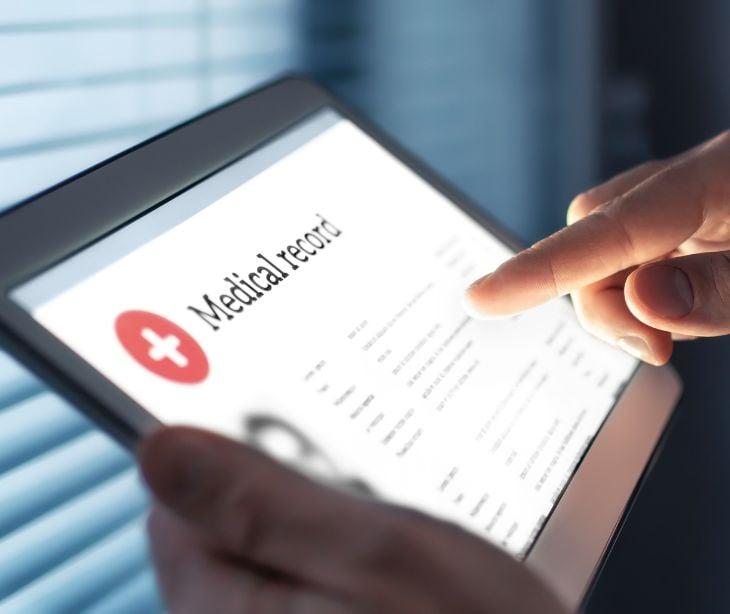
Email marketing is a tool for establishing connections with your audience that must be wielded responsibly in the healthcare industry, where regulations are stringent. There are nine foundational permission-based practices that help healthcare organizations cultivate an engaged email subscriber list and ensure compliance with HIPAA regulations while respecting subscribers' preferences.
Related: HIPAA compliant email marketing: What you need to know
1. Obtaining explicit consent
HIPAA's Privacy Rule sets the tone for obtaining explicit consent. Subscribers must actively opt in to receive healthcare-related emails. Transparent methods, like checkboxes or consent forms, ensure that patients knowingly provide their consent. This process builds trust and aligns with HIPAA's emphasis on privacy and individual control.
Related: The elements of patient consent for email marketing
2. Clarifying content expectations
Transparency is a cornerstone of HIPAA compliance. Clearly communicate the type of healthcare-related content subscribers can expect to ensure that their protected health information (PHI) is handled responsibly. Subscribers need to understand what they're consenting to, and your communication transparency reinforces their trust while aligning with HIPAA's objective of informed consent.
3. Sending relevant content
Segmentation is a strategy in healthcare email marketing that allows you to tailor your content based on subscribers' medical interests or conditions. This ensures that you respect their privacy and minimize the exposure of sensitive PHI. This practice mirrors HIPAA's data minimization principle, which encourages limiting the use of PHI to the minimum necessary for the intended purpose. It's an ethical and compliance-minded approach that enhances engagement while adhering to HIPAA's confidentiality requirements.
4. Avoiding spam practices
Maintain an appropriate email frequency to safeguard PHI from unauthorized access. Excessive emails can inadvertently expose sensitive information. Strike a balance to align with HIPAA's security standards, ensuring that healthcare data is appropriately protected.
5. Providing easy unsubscribe options
HIPAA emphasizes patients' rights, including the right to control the use of their healthcare information. Providing easy unsubscribe options aligns with HIPAA's principle of individual control and respects subscribers' preferences.
6. Respecting subscribers' privacy
Avoid sharing email addresses without explicit consent to prevent unauthorized data disclosure. Respecting subscribers' privacy parallels HIPAA's data security mandate, enhancing your credibility in the healthcare sector.
7. Implementing double opt-in
A double opt-in process provides an additional layer of assurance when obtaining consent. While not explicitly required by HIPAA, this approach resonates with its emphasis on obtaining clear and affirmative agreements. It ensures that subscribers are genuinely interested in receiving healthcare communications, further enhancing your compliance efforts.
8. Personalization for engagement and enhancing patient relationships
Personalization fosters patient engagement and relationships. Addressing subscribers by name and sharing personalized medical information builds trust. Just as HIPAA places patients at the center of their healthcare journey, personalization places them at the heart of your email communications.
9. Tracking and improving results
HIPAA encourages covered entities to continually assess and improve their security measures. The same ethos can be applied to email marketing. Regularly monitoring email metrics, such as open rates and engagement levels, allows you to evaluate the effectiveness of your campaigns.
Subscribe to Paubox Weekly
Every Friday we'll bring you the most important news from Paubox. Our aim is to make you smarter, faster.




